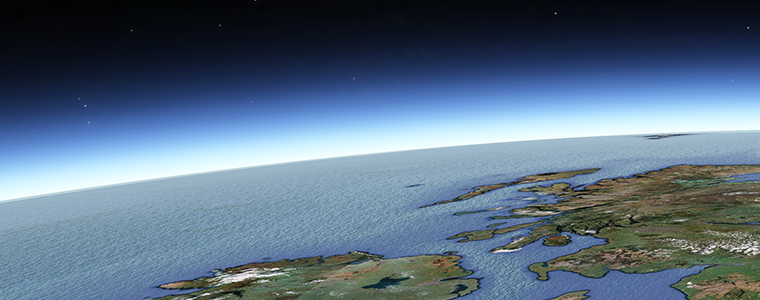
Certain climate change impacts are more obvious than others; less evident ones include those resulting in stranded assets.
Climate change risk analysis is a complex, developing task, which highlights the need to gain deeper knowledge on the subject in order for decision-makers at the country, sector, financial institution and investor level to give it a stronger position on the agenda. In connection with this, let’s see what stranded assets are and how they relate to climate change.
- These are assets that lose their value faster or earlier than expected, becoming liabilities in some cases; these have been a part of history as a result, in many cases, of technological advancements (examples include the telegraph, fax and roll film, all of which have virtually disappeared).
Climate change is an important factor that affects the emergence and number of stranded assets because of its physical impacts, government regulations and changes in social norms and consumer behavior. Exposure to stranded assets due to climate change related factors—in terms of climate stabilization policies and goals, changes in demand and consumption preferences, as well as the impacts of this phenomenon—cuts across several sectors and areas of major importance for economic and social development:
- A USD28 trillion revenue loss is expected in the fossil fuels sector over the next two decades.
- Some 40% of the initial investment in new fossil-fuel-based energy generation capacity will not be recovered.
- Crop farming and forestry with repercussions in the quality and availability of natural resources and productivity, which affects the value of farming land, the related infrastructure, insurance, and loans.
- The physical impacts of climate change affect the physical and natural infrastructure of the tourism industry, resulting in a reduction in projected income and, accordingly, the value of these assets.
- Human capital impacted in job-related terms in high-emission sectors where plants shut down or production levels fall. Additionally, workers in the agricultural, forestry and tourism sectors might need to find other alternative crops and/or sources of income.
These effects are significant, which is why several world leaders and financial institutions have stressed the need to take climate risk into consideration and implement actions that will allow a reduction in the climate change impact on economic and financial stability. As a matter of fact, a recent report shows that two of every three investors are concerned about the risk of stranded assets and that investors in Latin America are the ones most frequently have reduced their holdings in 2014 as a result of the risk of stranded assets. However, the limited amount of adequate information companies have available to analyze exposure to climate change and the frequent lack of a person responsible for taking climate risk considerations into account make advances in this area difficult.
To learn more about stranded assets, see this infographic and the executive summary of the “Stranded Assets: A Climate Risk Challenge” report


Leave a Reply